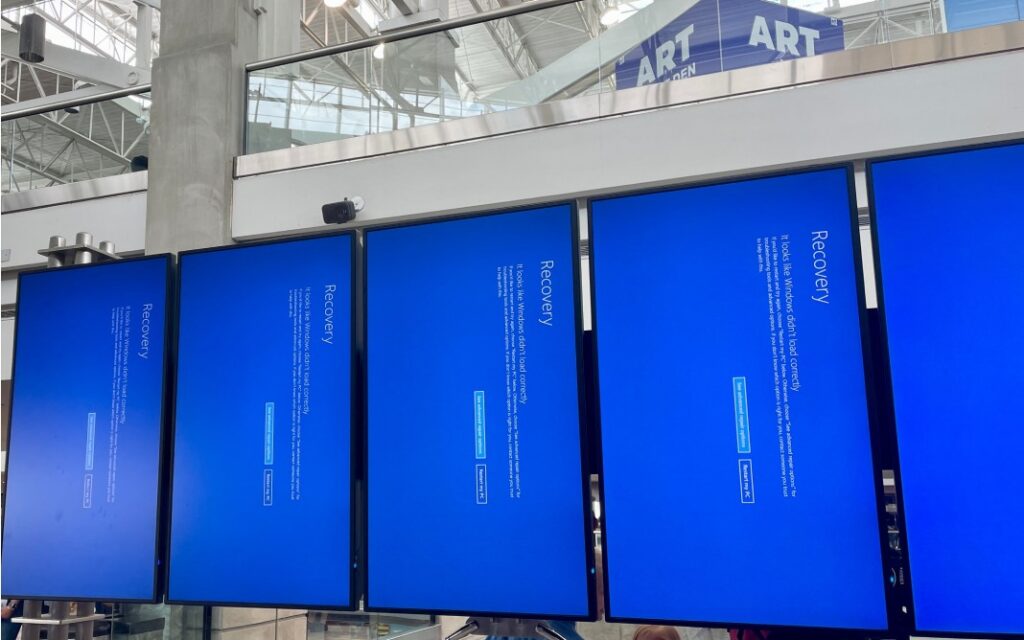There are many challenges in managing purchase orders. Any one of them would be enough of a stumbling block on its own. But together? They can turn what should be a smooth process into a friction-filled experience.
Take manual data entry, for instance. Many companies rely on team members to enter purchase-order information. This practice can be cumbersome and time-consuming, and it can lead to mistakes due to human error, like inaccurate or incomplete data.
Another concern is dark purchasing. When people approve purchases outside of standard, accepted workflows, it puts their companies at risk. Dark-purchasing expenditures may be difficult to track. Plus, they can eat away at the bottom line.
It doesn’t matter if your company struggles with procurement-processing inefficiencies, data-entry errors, order mismanagement—or another issue. Any trouble with purchase orders needs to be resolved. Luckily, you can address these concerns head-on through purchase-order automation.
Understanding Purchase-Order Process Automation
Purchase-order automation involves identifying and automating repetitive parts of the purchase-order process. Any purchase-order-related task that’s predictable and recurring can usually be automated. The result is a faster purchase-order process with fewer problems.
It’s not hard to see the benefits of purchase-order automation. With the help of specialized automation software, procurement professionals can have greater peace of mind. They’ll know that no matter what type of purchase order is created, it will follow a consistent roadmap.
Having all purchase-order data on one platform makes reporting more efficient, too. Additionally, the data is more likely to be accurate and uncorrupted due to the hands-off nature of automation.
How to Automate Purchase Orders to Gain a Competitive Advantage
If you’re tired of dealing with purchase-order issues, consider implementing the following purchase-order best practices. Each one will help you get more control over your procurement efforts.
1. Map out each purchase-order workflow. Most organizations end up juggling four types of purchase orders: standard purchase orders, planned purchase orders, blanket purchase orders and contract purchase orders. Determine the workflow requirements for each one before you start to implement automation.
Sit down with your team and evaluate the preferred flow of each purchase-order process. Be sure to indicate all touch points, such as where you may need purchase-order process approval from a manager. Those touch points are often ideal places to start with automation.
2. Find a platform that fits your unique purchase-order process. The platform you choose for your purchase-order automation needs to fit your company’s current and future needs. Look for cloud-based solutions that allow you to authorize multiple users and limit access to certain parties.
A fast way to determine which platform will work best is to map out your purchase-order process. If a platform can’t automate most of your touch points, it’s not suitable. Make certain you understand the user interface before partnering with any platform provider. A hard-to-use portal will be difficult to understand and implement.
3. Train staff on your automated purchase-order platform. When faced with new processes, people often revert to what they’re comfortable with. As part of investing in an automated purchase-order platform, you’ll need to set up mandatory staff training. Include everyone who is involved in the purchase-order process in your training sessions.
Getting everyone’s buy-in increases the chance that they will follow the new process. It gives people the opportunity to ask relevant questions, too. You may need to hold several training sessions before your team members become confident about the new way of doing things. That’s to be expected, especially if your previous purchase-order process was mostly manual or failed to follow a clear system.
By automating the purchase-order process, you give your organization a competitive edge. At the same time, you make it possible to handle rapid corporate growth without experiencing avoidable procurement headaches.







